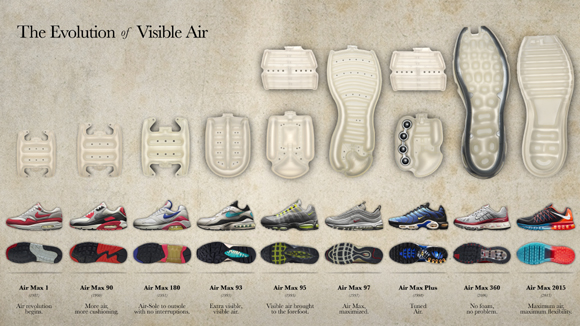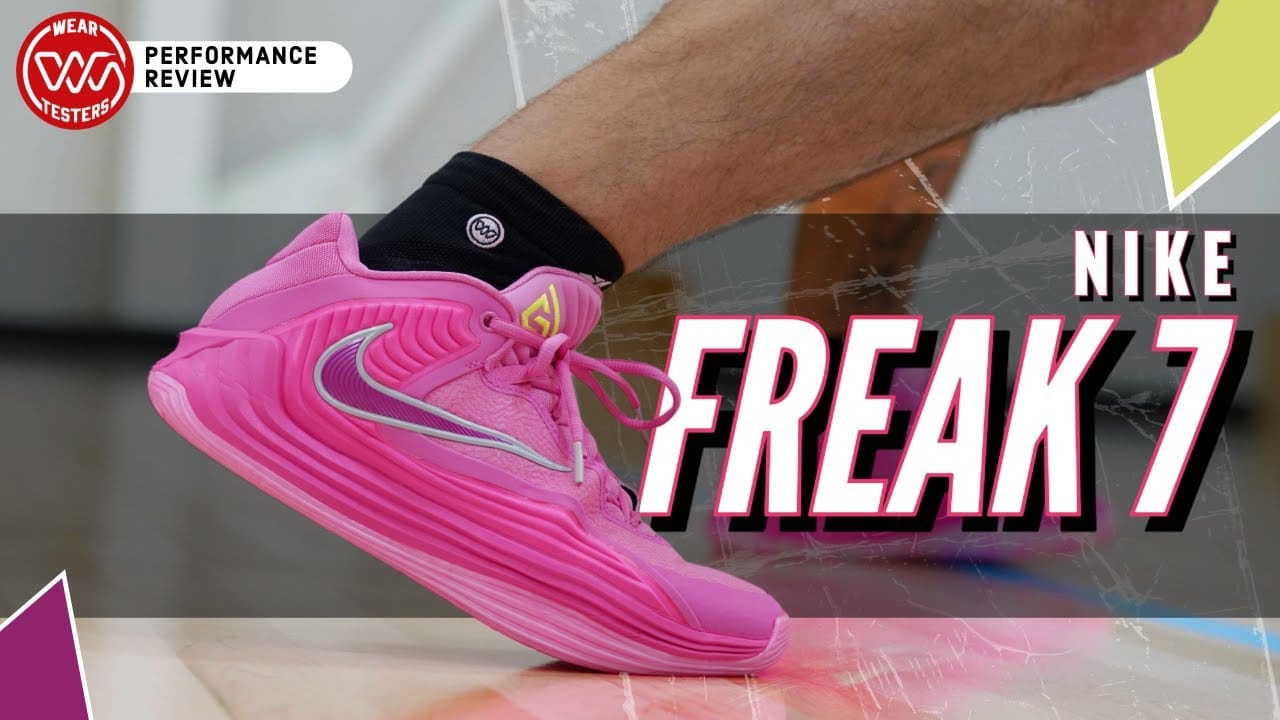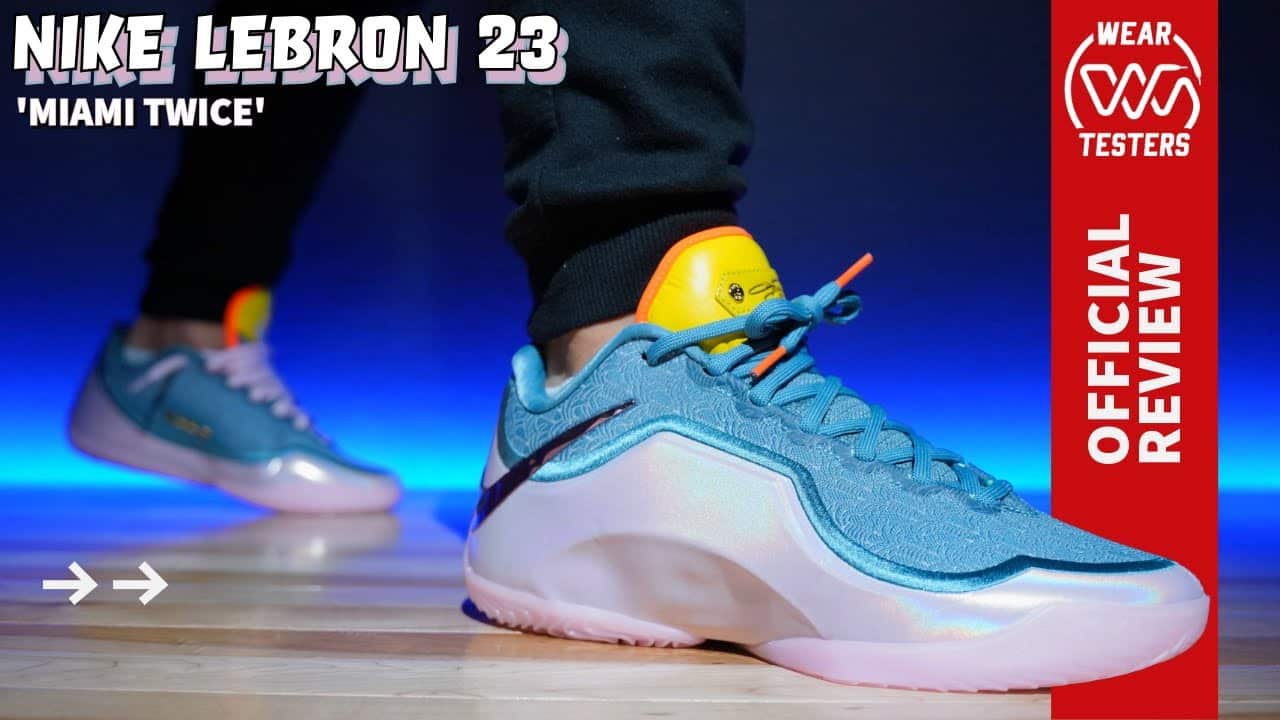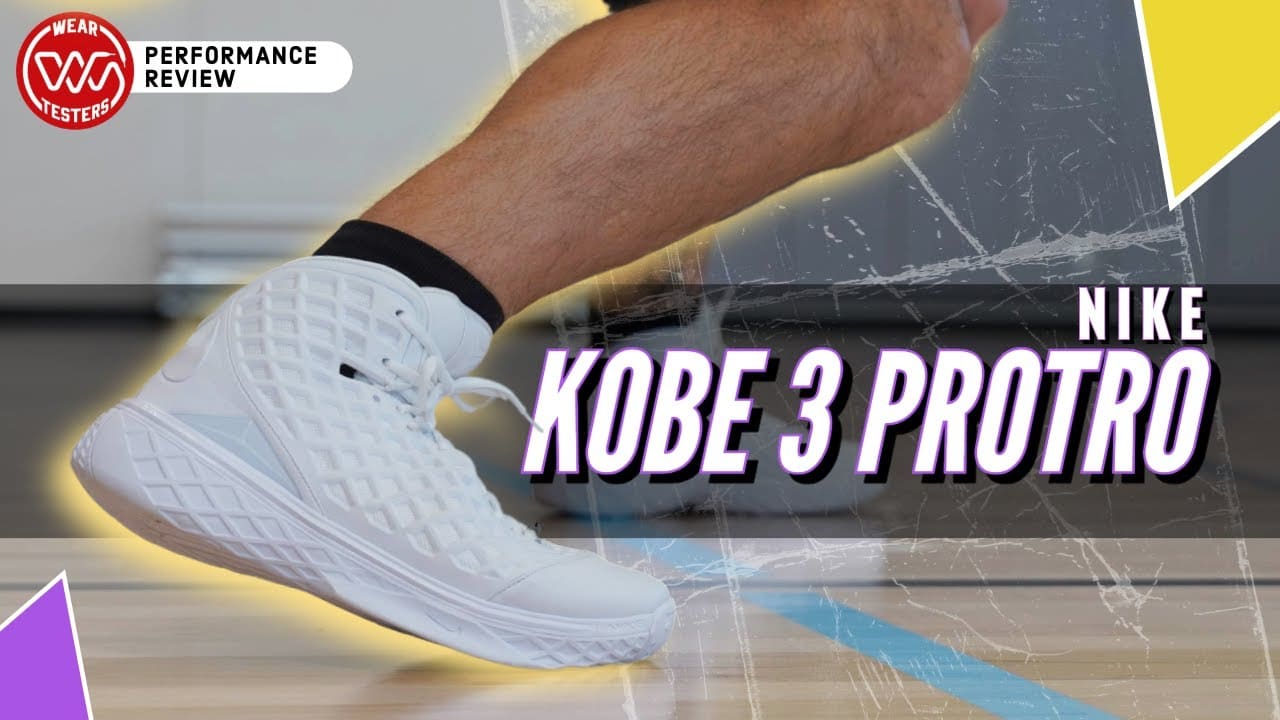Nike Air is perhaps the most famous and beloved cushioning system available on the sneaker market. It’s bouncy and responsive and has been featured in many of your favorite Nike sneakers over the years.
Nowadays, we are used to seeing sneakers with plump, translucent plastic bubbles separating the wearer from the floor, but sneakers weren’t always like this. In fact, the actual concept of visible tech was one of the most disruptive innovations in the sneaker market, both from a performance point of view and as a marketing ploy.
In this article, we will break down what Nike Air actually is, it’s history, and what it brings to the table as a performance feature. We’ll also highlight some of the iconic sneakers that carry this tech. Let’s get into it!
Nike Air
Nike Air History
The Nike Air Max 1 originally dropped all the way back in 1987. It quickly became one of Nike’s most successful and recognizable models, and a big reason for this was the visible Nike Air unit in the heel. It’s logical, therefore, that a lot of people think that this was the first shoe to carry Nike Air, but it actually wasn’t. We have to go back a couple of years farther to see where Nike Air actually began.
It all started “in the lab”. Marion Franklin Rudy was an aerospace engineer who decided to apply his vast engineering expertise to developing footwear. His big idea was to put air into the soles of shoes. It was a crazy idea at the time. So crazy that most sneaker makers actually rejected it, except Nike’s Phil Knight. He gave a prototype a test run and he came back wanting more. The air unit in the sole was supposed to help decrease the impact on the joints of athletes, allowing them to perform better for longer, and it actually did. The first shoe to implement Air cushioning was the Nike Tailwind, a running model that was released in 1978.
Nike started using this revolutionary cushioning system even more during the 1980s. In 1982, one of the most recognizable and successful shoes Nike ever released featured the new Air cushioning: the Nike Air Force 1.
The Air Jordan 1 and the Air Jordan 2 also both featured Air-Sole units in the heel, and the first shoe to have visible Nike Air was the Air Max 1, which was released in 1987.
As simple as having exposed tech might seem, it was a massive stroke of genius. This revolutionary design upgrade was championed by none other than Tinker Hatfield himself. It became an invaluable marketing tool as well as a distinctive aesthetic element for Nike. Consumers could actually see the technology in action. Which is comforting when you’ve just spent hard-earned money on shoes. Visible Nike Air quickly became Nike’s go-to high-end cushioning system and was subsequently featured on the Air Jordan 3 and the Air Jordan 4.
By the time the 90s rolled around, Nike Air had established itself as the premier cushioning system on the market. In 1997, the first full-length visible Air Max unit was introduced in the Air Max 97. Other implementations of Air were also released, such as Tuned and 360. And maybe most importantly, another version of Air, named Zoom, was also released.
From budget models to signature line sneakers, everything Nike was putting out had some sort of Air in it. It has become iconic in the eyes of many. And what’s crazy is that the innovation continues today.
In 2017, Nike released Vapormax, their most ambitious cushioning set up to date. With absolutely no midsole carrier or much of a real outsole, it’s as close as you can get to actually walking on air. They also introduced the 720 Air unit, the largest unit to date, in both lifestyle and basketball shoes.
Nike also has begun to use Nike Air instead of a Strobel board underneath the foot. We’ve seen that in the Nike PG 4, Nike PG 5 and Jordan Zion 1. It’s one of the most effective and comfortable setups currently on the market.
After 30 years, Nike Air is still going strong and showing no signs of letting up.
Shoes with Encapsulated Nike Air
Encapsulated Nike Air provides a durable and versatile cushioning experience. It can feel subdued when it is not implemented properly, but when it’s encapsulated air can provide a ton of impact protection.
Encapsulated Nike Air comes in the form of heel units, forefoot units and full length units. It can be designed in different shapes and sizes to cater to specific sports and activities, but it tends to be the smallest volume Nike cushioning system.
Shoes with Max Air
Max Air is Nike’s largest cushioning technology and provides the highest impact protection. Max Air tends to always be visible so that the air unit has space to expand when compressed by the user’s foot. It was designed to cater to athletes with a larger frame and high impact sports like basketball and running. This is why we see it used consistently in LeBron James’ signature line. Max Air units can run full length or be divided into heel and forefoot units. The tech can also be tweaked to provide personalized cushioning for pronating, neutral, or supinating athletes.
Shoes with Tuned Air
Tuned Air offers a mix of Nike Air and Tuned, a mechanical cushioning system that provides increased impact protection.
Tuned uses hemispheres and a low-pressure Max Air unit that is customized to work specifically in the heel of the shoe. It offers a more versatile ride meant for all types of athletes.
Tuned Air is made with resilient Pebax, a very flexible material that allows the Tuned Air hemispheres to rebound quickly when compressed. These hemispheres are all designed with different thicknesses to guide the foot through a neutral landing to provide flexible impact protection and motion control.
Shoes with Zoom Air
Zoom Air is thinner and more responsive, designed to provide impact protection in sports that require quick changes of speed and direction. It is the ultimate low-profile impact protection system. It is used primarily in basketball, tennis, and football shoes for athletes that benefit from a low profile and responsive ride. With Zoom Air you are supposed to have a significant amount of impact protection at the same time you feel close to the court.
Shoes with Caged Zoom
Caged Zoom is a unique type of Zoom Air that is built to be more responsive. It was created in an attempt to increase the amount of Zoom Air and at the same time amplify the springy nature of the cushioning. To achieve this, a Pebax cage was created to cradle and protect the Zoom Air unit. This caged Zoom unit was found to offer the greatest level of impact protection of any Zoom Air implementation while offering similar impact protection to Max Air with a lower profile and more responsiveness.
Shoes with Air Max 360
Nike Air Max 360 is the largest Air sole unit ever constructed. It offers the the greates amount of cushioning among all of the Nike cushioning systems. It offers 360º of Air Max coverage and completely replaces the foam midsole. Air Max 360 can be customized to offer different amounts of cushioning in different sections of the shoe. It also dramatically reduces the weight of the shoe as it eliminates all the foam the shoe would usually carry.





